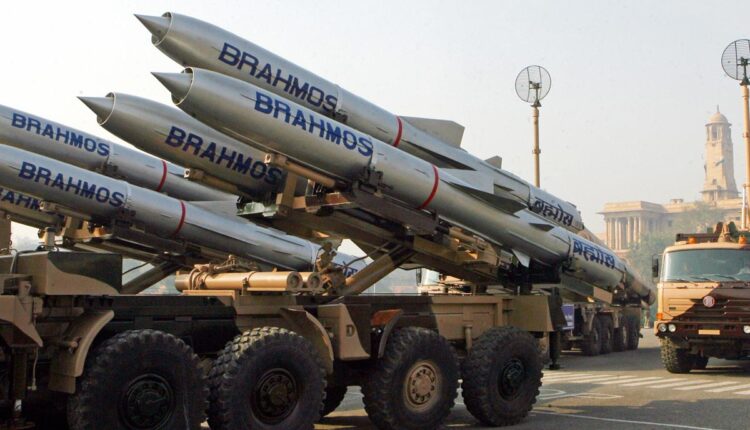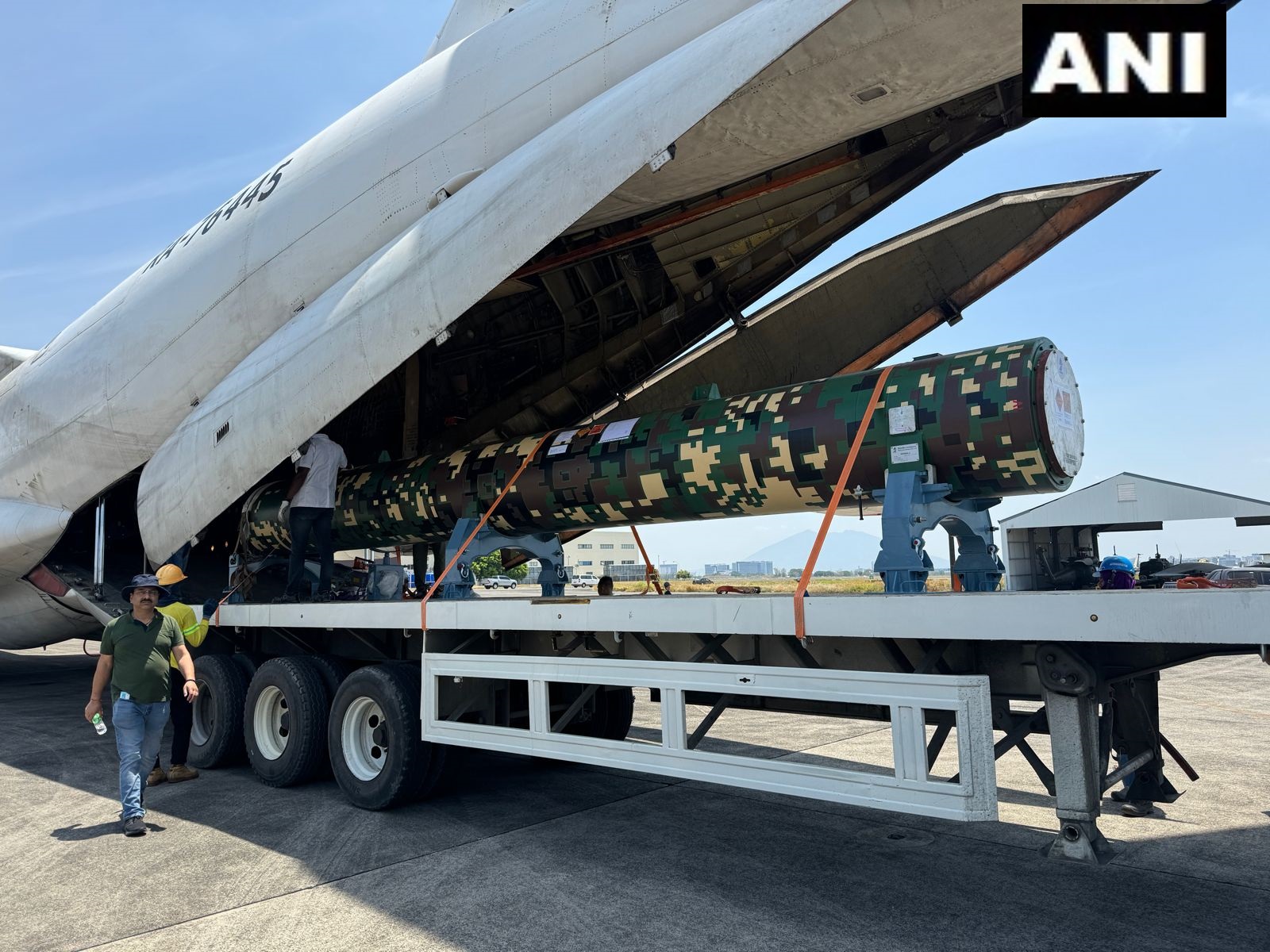Without C4ISR, Philippines’ BrahMos Missiles are “Symbolic, Lacking Operational Use”
Ashley Tellis, a senior fellow at the Carnegie Endowment for International Peace, remarked that without C4ISR (Command, Control, Communications, Computer (C4), Intelligence, Surveillance, and Reconnaissance) Manila cannot effectively use the BrahMos missiles.

(DEFENCE SECURITY ASIA) — A former advisor to the U.S. Department of State has stated that the BrahMos missiles acquired by the Philippines have limited operational utility for the Southeast Asian nation’s military.
As quoted in India’s local media outlet “The Print,” Ashley Tellis, a senior fellow at the Carnegie Endowment for International Peace, remarked that without C4ISR (Command, Control, Communications, Computer (C4), Intelligence, Surveillance, and Reconnaissance) Manila cannot effectively use the BrahMos missiles.
However, he acknowledged that the BrahMos missiles represent a positive contribution to the Philippines’ defense.
“The sale of BrahMos missiles is a significant boost to the security of the Philippines, but the country still lacks the necessary infrastructure to operate them effectively,” he said.
“The Philippines does not yet possess the C4ISR capabilities required to use the BrahMos missiles effectively.”
Without C4ISR capabilities, owning the BrahMos missiles is “a good symbol, but it will not provide much operational utility.”

Tellis added that the United States could assist the Armed Forces of the Philippines in enhancing their C4ISR capabilities.
The Philippines became the first export customer for the BrahMos missiles when it awarded a contract worth an estimated $375 million (RM1.8 billion) to BrahMos Aerospace Private Ltd, the company that developed the system, in January 2022.
In April this year, the Southeast Asian nation began receiving its first BrahMos missiles from India.
The purchase includes logistics packages and training for Filipino military personnel.
The BrahMos missile system is a joint venture between India’s Defence Research and Development Organisation (DRDO) and Russia’s NPO Mashinostroyenia (NPOM).
The Philippines acquired the coastal defense variant of the BrahMos missile system, which has an effective range of approximately 300 km and a supersonic speed of Mach 2.8.

The missiles carry around 200 kg of high-explosive warheads.
The BrahMos is a medium-range cruise missile utilizing ramjet technology, capable of being launched from various platforms, including air, sea, submarine, and coastal areas.
The Philippines is the first foreign customer to acquire the land-launch variant of the BrahMos missile system, which will be deployed in several strategic locations in the South China Sea, known in Manila as the West Philippine Sea.
The three batteries of the BrahMos missile system acquired by the Philippines will be operated by the country’s Marine Corps.
Each BrahMos system consists of two launchers, a radar, and a command and control center.
Two missiles can be launched within ten seconds from submarines, warships, fighter jets, and land-based systems.


The Philippines aims to use the BrahMos missile system to deter any “external parties” from attempting to seize or occupy islands or reefs within its Exclusive Economic Zone (EEZ) in the West Philippine Sea.
With the BrahMos missiles, foreign naval or coast guard vessels would need to “think twice” before approaching any Philippine islands or reefs within its EEZ.
Where will the Philippines deploy the BrahMos missiles?
Reports indicate that the Philippines is considering locations such as Basco on Batan Island in the Bashi Channel, San Felipe in Zambales, and Culion and Tagbita on Palawan Island.
Given the BrahMos missile’s operational radius of 300 km, if deployed in Tagbita on Palawan Island, it would place China’s military base on Mischief Reef within its target range.
China has transformed Mischief Reef, originally a coral reef, into an artificial island.
Alongside Subi Reef and Fiery Cross, Mischief Reef serves as one of China’s primary military bases in the Spratly Islands. — DSA



Comments are closed.